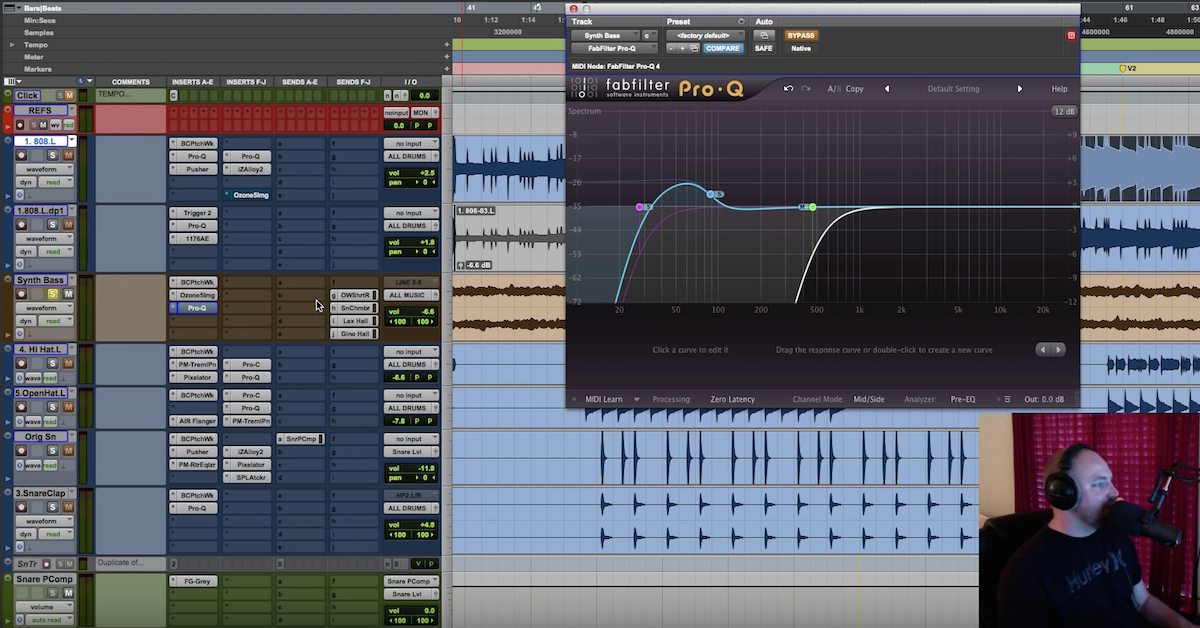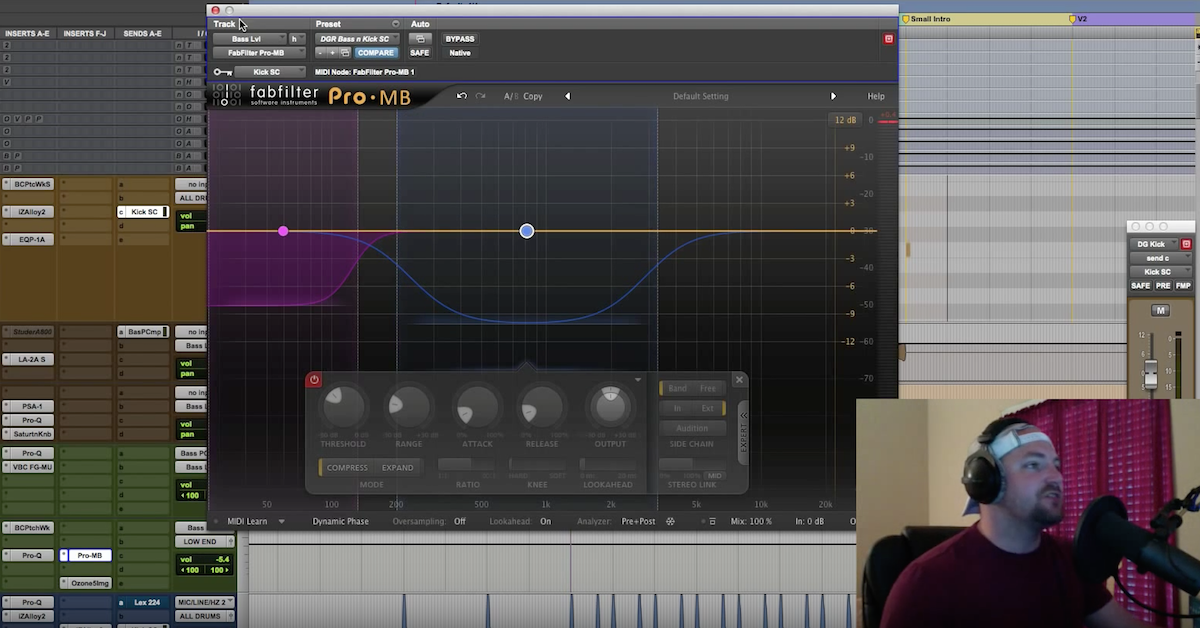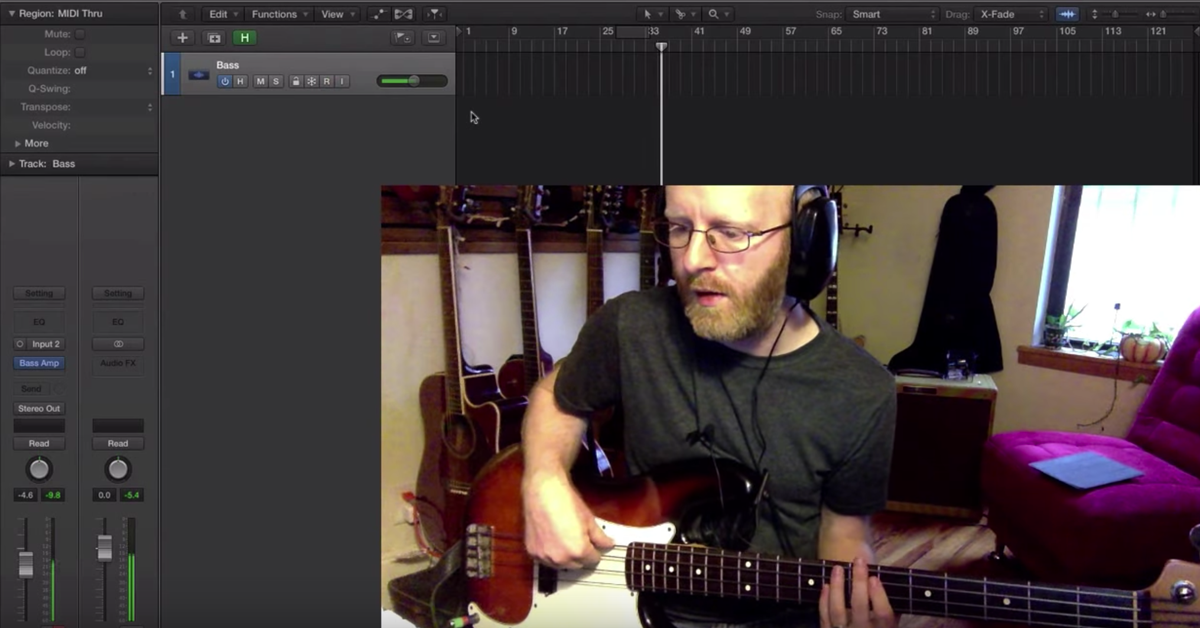How to Control Bass Sustain by Automating EQ
Got a new tutorial on automating bass low end. This isn’t something you’ll have to do often, but I was sent a track that had bass done through keyboard, through a virtual synth, and the song was mixed, sent it to the client, everything was signed off on. And he called me and said, hey man, I’m driving in the car or wherever he was listening to it and he said, “the subs, it seems like there is too much subs, too much low end in the bass. Can you open it up and maybe remove some subs”. My first thought was, can you listen to the song, to this mix, and then can you listen to some other references. Some reference mixes we had when we were mixing, and let me know if our low end is just as big as their low end. If that’s the case, then it could just be the listening environment. It could just be the car, you know, has a really sick low end and stock system or whatever. So he did that and he said yes, but ours just seems to carry on and sustain for forever.
It turned out to be a range of the section where the bass is kind of just playing one note and letting it sustain out.
What I did is took a listen to what he was listening for. The bass is sustaining so long that it’s kind of getting in the way of the rest of the song — the vocals, etc.
While a great low end is awesome and that’s what I was trying to achieve, it turned out that that sustained low end was getting in the way of the music.
[bass without automated bass sustain]
So we kind of hear that sub, the low end is just sitting flat. It just sustains the whole time. Where I think my producer buddy was thinking it’d be nice to have more of a live bass tone, where he’s playing and it just kind of falls out a bit. So anyways, what I did to help that out was I brought our good friend FabFilter Pro-Q over here and I instantiated a high-pass/low cut filter at 24 dB per octave.
[bass with automated high pass filter EQ for bass sustain]
You can hear the subs are there whenever the note first rings out, but then as it continues to sustain, I’m pulling that filter up to remove a little bit of low end as it continues to hold out. And I did that pretty, just copy and paste for the most part except for a couple spots where he hit some half notes instead of whole notes, and so on and so on. But anyways, just kind of thought of how can I control this low end from getting too flat and crazy, and please the client at the same time to help that process out. Help that problem — solve a problem, excuse me. And that’ what I did. pretty cut and dry, pretty simple. I’ll bypass it and then I’ll bring it in and you’ll hear the difference. Now if you’re listening on smaller speakers, you’re not gonna hear this. Laptop speakers, your phone, this is gonna be something you’re gonna hear on some good studio monitors, some good headphones. you’ll probably feel it even on some iPod iBuds — they got some pretty good bass in those nowadays.
[bass with/without automated HPF EQ]
Just a way to solve a problem if you ever come across some key bass that happens to ring out, you know, I’ve got the parallel compression going on, got a lot happening to it, then this is a great way to help control that and bring some realism back to the part.
Thanks for watching, check out davidglennrecording.com, got free session files still, I’m working on a free training course to give away. Davidglennrecording.com and then of course all of the incredible content at theproaudiofiles.com.





